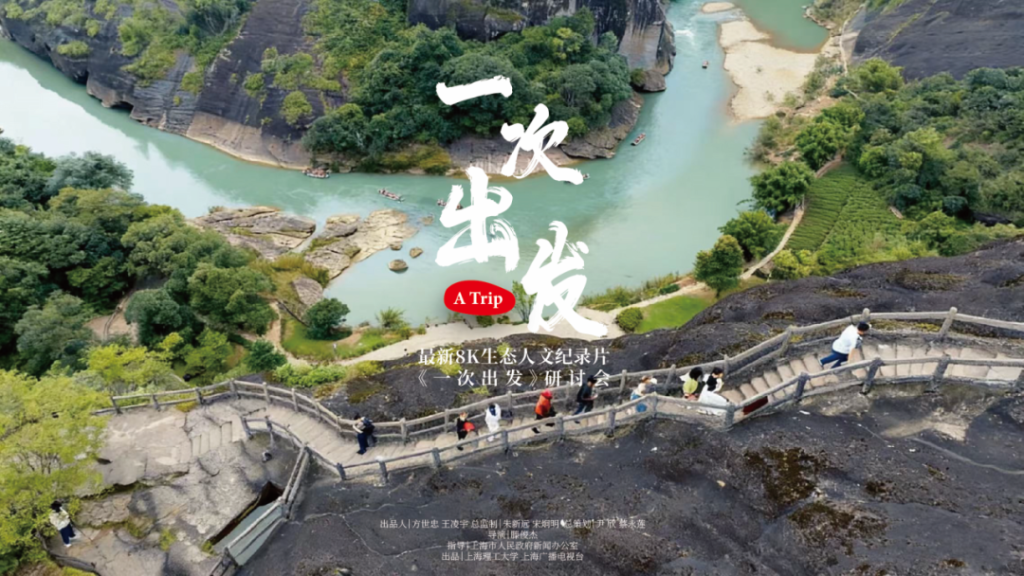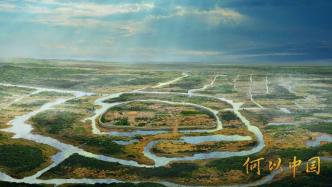
Based on the major research results of the Chinese Civilization Discovery Project and "Archaeology of China", the fourth episode of the 8-episode large-scale documentary "Why China" is directed by the State Administration of Cultural Heritage and the Propaganda Department of the Shanghai Municipal Party Committee, supported by the Shanghai Municipal Administration of Cultural Heritage, and produced by Shanghai Radio and Television Station. "Ancient Country" will be broadcast on Dragon TV and BesTV at 21:20 on December 29, and will be broadcast simultaneously on iQiyi, Tencent Video, Youku, Bilibili and other Internet platforms.
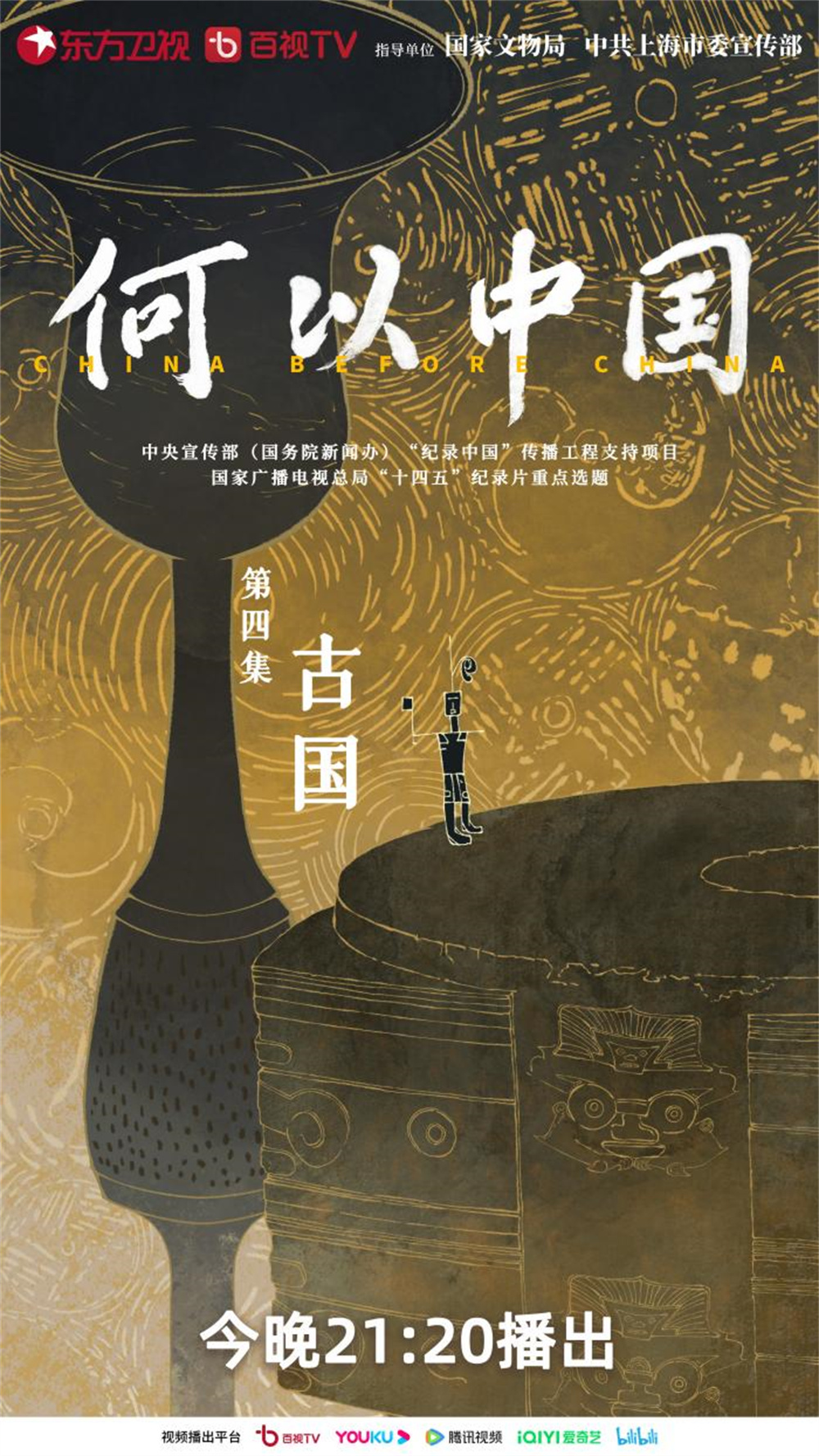
"Why China" poster
The ancient country is the country of ancient times. Around 5,000 years ago, civilizations in the middle and lower reaches of the Yellow River and the middle and lower reaches of the Yangtze River embarked on a path of rapid development.
In the "Second Stage of the Ancient Kingdom Era" defined by the Chinese Civilization Discovery Project, the story of this documentary slowly unfolds.
During this period, the ancient Liangzhu Kingdom used advanced concepts and technologies to explore mechanisms for governing complex societies, becoming the earliest regional monarchy in East Asia. Various regions among the great rivers have also entered early state forms and participated in the construction of Chinese civilization as a whole.
The ancient Chinese civilization originated on the banks of the Yangtze and Yellow Rivers. The rushing rivers and fine water network provided essential water resources for the survival and development of the ancestors. They also witnessed the ancient wisdom of the ancestors fighting with water and using dams to build a water conservancy system.
In the lower reaches of the Yangtze River and around the Taihu Lake Basin, the Liangzhu City Wall has a total length of nearly 6 kilometers and a width of about 50 meters. Today in the 21st century, the remaining walls are exposed to the world through archaeological excavations. Archaeologists stand in front of the walls, distinguish the strata, and think about the production techniques of the year. At this moment, time and space are intertwined, and it seems that through the remaining walls, you can see the scene of Liangzhu ancestors building the city wall more than 5,000 years ago. The city wall delimits the "sphere of influence" of a city and allows people to imagine the scale of this "super city" and its bustling bustle at that time.

Liangzhu ancient city simulation restoration
Archaeological excavations provide the most powerful way for modern people to understand the ancient civilization. For example, carbonized rice accumulation equivalent to 197,000 kilograms of rice was unearthed from the Chizhong Temple site in the south of Mojiao Mountain, enough to consume 5,000 people for one season. Strontium isotope analysis of the rice grains showed that they came from different places outside Liangzhu City. This proves the central status of Liangzhu City to some extent. For another example, the total amount of earthwork for the Liangzhu Ancient City and Water Conservancy System Project is about 11 million cubic meters. Even if 10,000 people work continuously every day, rain or shine, it will take 11 years to complete. This is enough to show that the Liangzhu ancestors had strong social management and resource allocation capabilities.

Carbonized rice
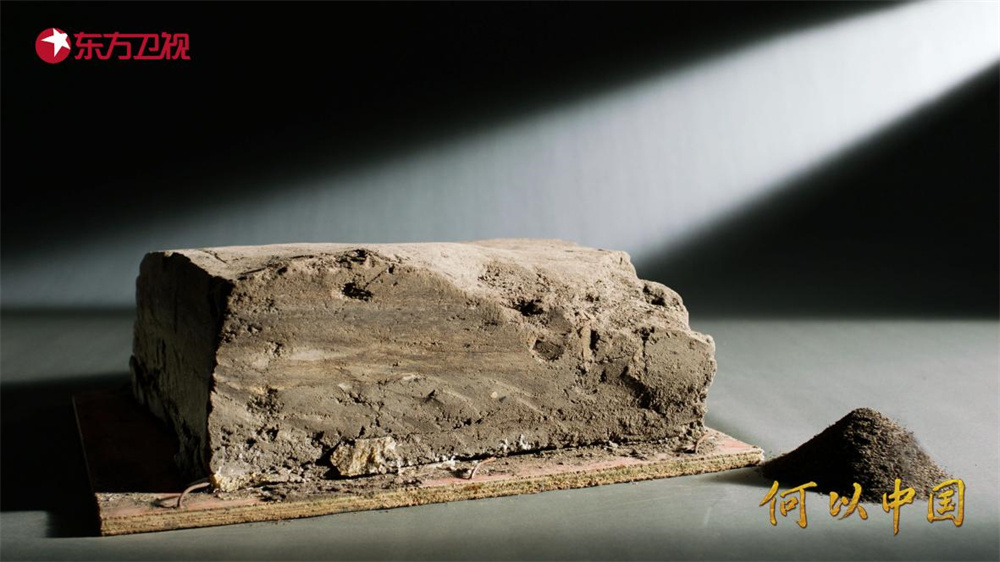
Accumulation of rice chaff - Jijingcheng site in Li County, Hunan
If rice and the farming civilization it represents are the material basis for the survival of the Liangzhu ancestors, then the unearthed jade articles full of ancient wisdom give people a glimpse of the most important beliefs in the spiritual world of the ancestors.
The King Jade Cong unearthed from Tomb No. 12 of Fanshan Cemetery weighs 6.5 kilograms and is the largest known Liangzhu jade cong. In the straight grooves on its four sides, there are two facial patterns of gods, humans and animals, one above and one below. It is only 3 cm high and 4 cm wide, and is extremely finely carved. The four corners are engraved with the upper and lower segmented faces of gods and animals, and the two sides are abstract sideways flying bird patterns.
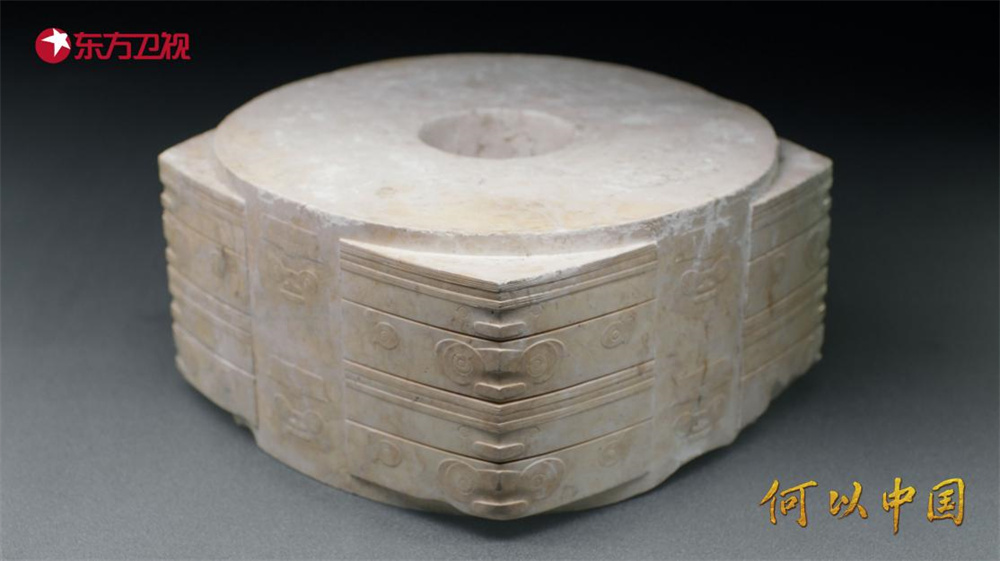
King Jade Cong - Liangzhu Site in Yuhang, Zhejiang
As a magical tool for the ancestors to communicate with the gods, today's audience can imagine the image of the gods among the ancestors of Liangzhu - wearing a feather crown in the shape of a "jie" on their head, with shoulders shrugged, arms flat, elbows akimbo, and a gap at the waist. It has round eyes, a broad nose, an animal face with fangs, and claw-like feet. In this episode of the documentary, the film crew used excellent film and television restoration to recreate the grand sacrificial ceremony that symbolized the communication between humans and gods about 4,900 years ago in the glow of the sun.
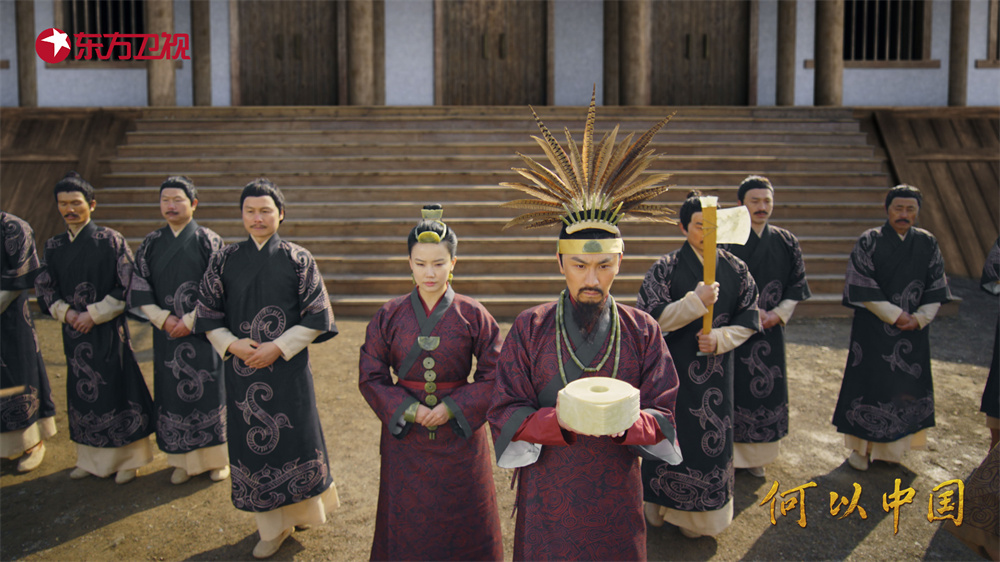
Liangzhu sacrificial ceremony scene (film restoration)
In the picture, King Liangzhu wears a jade cone-shaped crown on his head, with a ribbon on his forehead sewn with a semicircular jade plaque with a god, human, and animal face pattern. There is a jade ornament consisting of a trident-shaped vessel and a long jade tube inserted in his bun. There are jade tubes hanging in between. The queen standing beside him has a jade comb in her bun, a crown made of semicircular jade plaques and jade tubes on her head, and a complicated set of jade huangs and round plaques hanging around her neck. , Wearing jade bracelets on both wrists, their movements are dazzling.
Before the advent of the dynasty, a large number of ancient countries were entrenched along the rivers, and cities were built one after another. Along with the expansion of the cities, there were strict etiquette and jade and pottery culture that symbolized the height of manual civilization.
Through pioneering political practices, the ancestors of the lower reaches of the Yangtze River created the ancient Liangzhu Kingdom. Going up the river, in the middle reaches of the Yangtze River, Chengtou Mountain, where city walls were built earlier, was expanded into a regular circular city 5,300 years ago. Only 16 kilometers away, Jijing City was crowded with people. Even more eye-catching is the ancient city of Shijiahe on the Jianghan Plain. The various secondary city sites led by the central city, such as Jingshan Qujialing, Yingchengmen Banwan, Anluwangguliu, Shayangchenghe, Tianmenxiaocheng and Xiaogan Yejia Temple, are all of considerable scale. A powerful alliance of ancient countries was formed in the middle reaches of the Yangtze River.

Simulated Restoration of Cockcrow City——Li County, Hunan
Looking to the lower reaches of the Yellow River, the ancestors of the Jiao family dug trenches and built a city, making it the earliest city in the Haidai area that has been discovered by archeology. More than 200 kilometers south from the Jiaojia ruins, Gangshang City was built and eventually developed into the largest city in the Haidai area during this period, commanding more than 60 surrounding settlements. The construction of early ritual systems in the Yellow River Basin can be seen from the tombs with distinct levels of hierarchy.
Later, Shandong Longshan Culture, which was born out of Dawenkou Culture, set off profound social changes in various fields. During this period, the number of settlements increased rapidly and the scale of settlements expanded rapidly. Even more dazzling is the most advanced pottery technology at that time - eggshell pottery. The thin-bodied black pottery cup unearthed from the Longshan Culture has a wall as thin as an eggshell. The cup mouth is only 0.2 mm at its thinnest point and weighs only 93 grams. Even with modern technology, it is difficult to completely replicate.
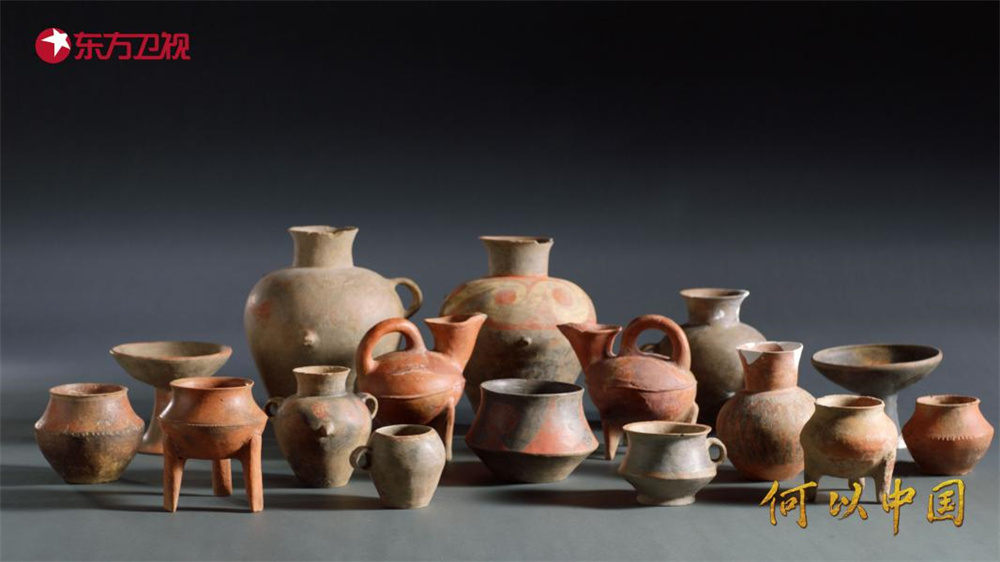
M57 funerary pottery - Jiao family site in Zhangqiu, Shandong

Pottery with Nail Pattern - Yaoguanzhuang Site in Weifang, Shandong
During the Ancient Kingdom, all regions participated to varying degrees in the construction of the Chinese civilization as a whole. It was their development that created the diverse foundation of wide-area China and provided space for the continued development of dynastic China in terms of ecology, culture, population, and resources. The water of the Yellow River is rushing down, and the Central Plains is about to become the leader of a new era, and the next historical change is about to come.

